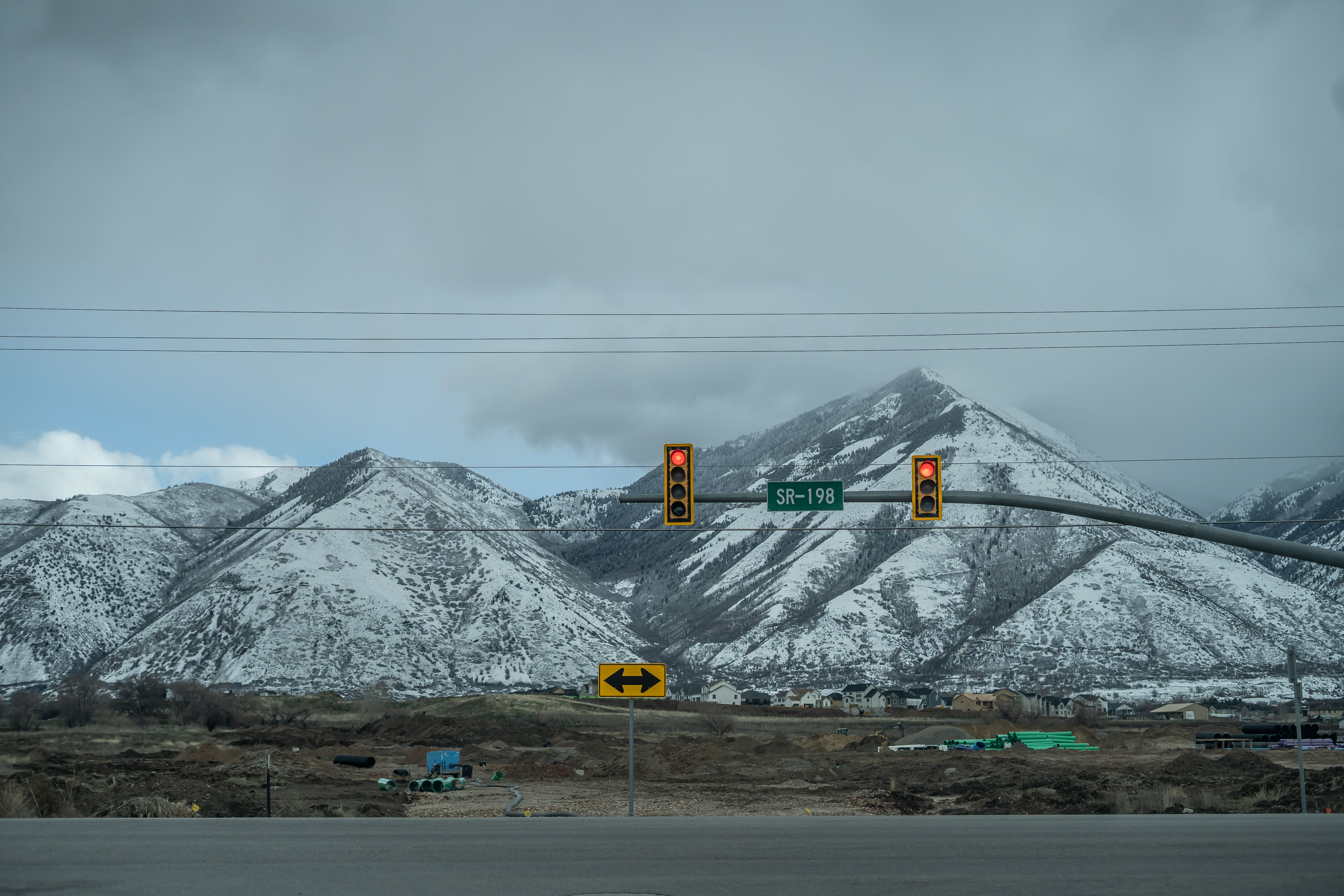Revitalizing History: A Case Study in Spanish Fork Property Transformation
Introduction to Spanish Fork's Historical Transformation
Spanish Fork, a picturesque city nestled in Utah, is a place where tradition meets innovation. Recently, a remarkable property transformation has captured the community's attention. This case study explores how a historical site was revitalized, blending its rich past with modern functionality.

The Historical Significance of the Property
The property in question dates back to the early 1900s, originally serving as a bustling hub for local farmers. Over the decades, it fell into disrepair, but its historical value remained undeniable. Recognizing its potential, a group of visionary developers embarked on a mission to restore and repurpose the site.
Preserving Architectural Integrity
One of the main challenges was preserving the architectural integrity of the building. The developers worked closely with historians and architects to maintain the original facade while upgrading the interior. This careful balance ensured that the property retained its unique charm.

Modern Innovations in Design
While preserving history was paramount, modern innovations played a crucial role in the property's transformation. State-of-the-art technology was seamlessly integrated, providing energy efficiency and modern amenities without compromising the site's historical essence.
Blending Old with New
The interior design marries vintage aesthetics with contemporary elements. Original wooden beams and brickwork are complemented by sleek, modern fixtures. This fusion of styles creates a unique atmosphere that appeals to both history enthusiasts and modern-day visitors.

Community Engagement and Impact
The revitalization of this property has had a profound impact on the local community. It serves as a venue for cultural events, art exhibitions, and community gatherings. The site has become a vibrant center that celebrates both the past and present.
Economic Benefits
Beyond cultural enrichment, the project has stimulated economic growth in Spanish Fork. The renewed property attracts tourists and locals alike, boosting nearby businesses and creating job opportunities. This case study exemplifies how historical preservation can lead to economic revitalization.
Conclusion
The transformation of this Spanish Fork property is a testament to the power of blending history with modernity. Through careful planning and community involvement, what was once a forgotten site is now a thriving part of the city. This project not only preserves the past but also inspires future generations to value and revitalize historical landmarks.